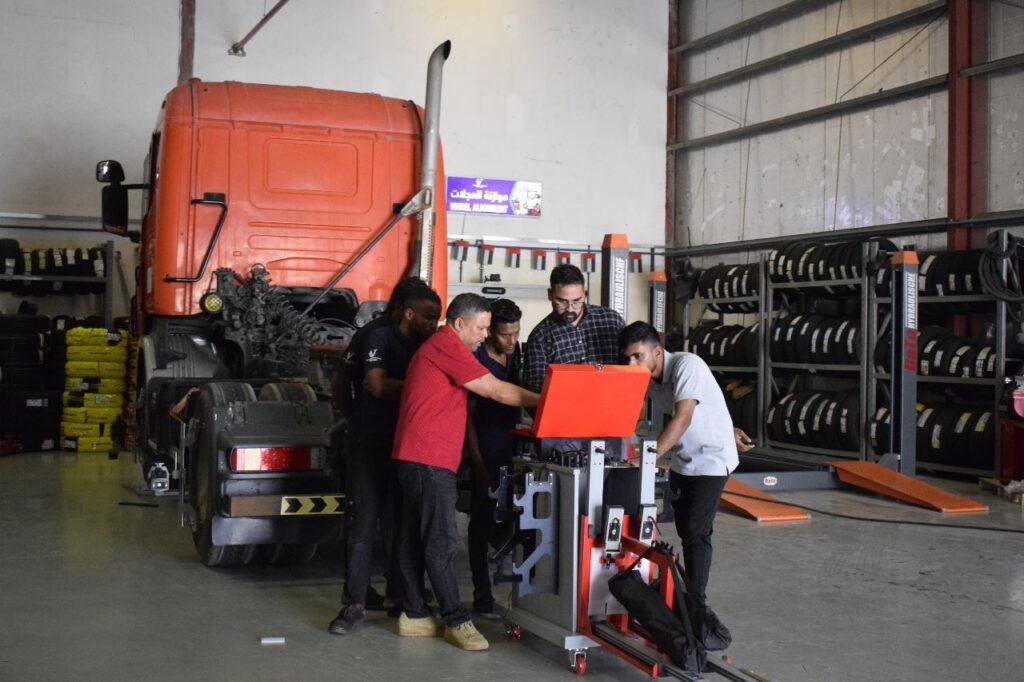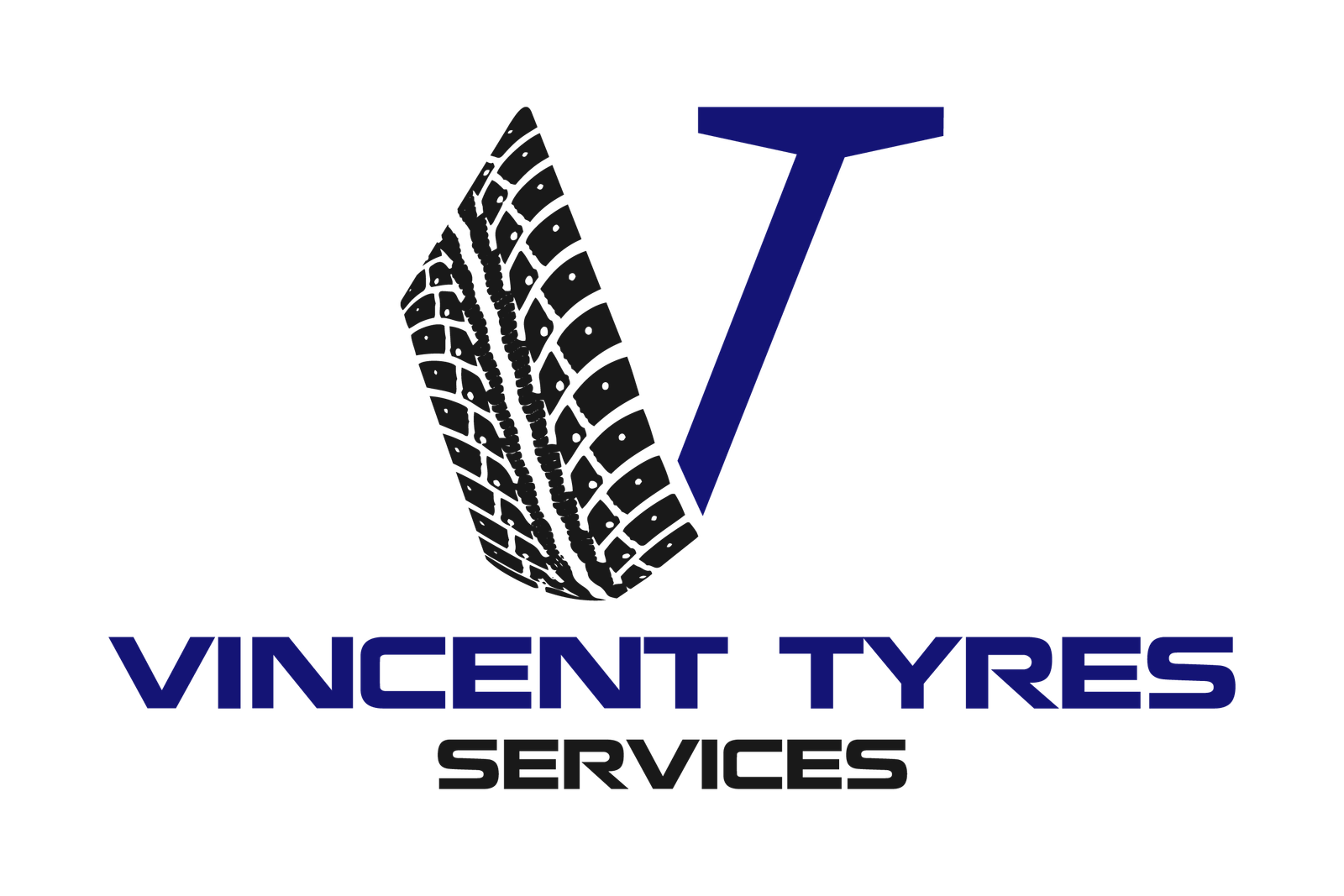Can I continue driving if my dashboard warning light comes on?
Introduction
Your car’s dashboard is like its nervous system, constantly providing vital information about its health and performance. Ignoring warning signs displayed on the dashboard can lead to costly repairs or even accidents. In this comprehensive guide, we’ll explore the warning signs commonly found on car dashboards and discuss when to take immediate action to prevent further damage or ensure safety.
Understanding Dashboard Warning Signs
Modern cars are equipped with a variety of sensors and warning lights to alert drivers of potential issues. Here’s a breakdown of some common dashboard warning signs and what they indicate:
Engine Warning Light
The engine warning light, often shaped like an engine block, illuminates when the car’s computer detects a problem with the engine or emission control system. This could range from something as minor as a loose gas cap to a serious engine malfunction.
Battery Warning Light
When the battery warning light comes on, it usually means that the vehicle’s charging system is not functioning properly. This could indicate a faulty alternator, a loose or corroded battery connection, or a failing battery.
Oil Pressure Warning Light
Low oil pressure can lead to engine damage if not addressed promptly. The oil pressure warning light indicates that the engine is not receiving enough oil pressure, which could be due to low oil levels, a malfunctioning oil pump, or a clogged oil filter.
Brake System Warning Light
The brake system warning light typically indicates an issue with the braking system, such as low brake fluid levels, worn brake pads, or a malfunctioning brake system component. Ignoring this warning could compromise your ability to stop safely.
Tire Pressure Monitoring System (TPMS) Light
The TPMS light illuminates when the system detects low tire pressure in one or more tires. Driving with low tire pressure can affect fuel efficiency, tire wear, and overall vehicle handling.
Coolant Temperature Warning Light
The coolant temperature warning light alerts drivers to high engine temperatures, which could lead to engine overheating and damage. This could be caused by a coolant leak, a faulty thermostat, or a malfunctioning cooling fan.
When to Take Action
Ignoring dashboard warning signs can result in further damage to your vehicle or compromise your safety on the road. Here’s when you should take immediate action:
Immediate Action Required
Engine Warning Light: If the engine warning light flashes or stays on steadily, pull over safely and have your vehicle inspected by a qualified mechanic.
Brake System Warning Light: If the brake system warning light illuminates, check your brake fluid levels and inspect the brake system for any visible signs of damage. Avoid driving if the brake pedal feels spongy or if you hear grinding noises when braking.
Prompt Attention Needed
Battery Warning Light: If the battery warning light comes on, avoid using non-essential electrical components and have your vehicle’s charging system inspected as soon as possible.
Oil Pressure Warning Light: Stop your vehicle immediately and check the oil level. If it’s low, top it up and have your vehicle inspected by a mechanic. Do not continue driving if the light remains on after adding oil.
Preventive Maintenance
Tire Pressure Monitoring System (TPMS) Light: Check your tire pressures regularly and inflate them to the manufacturer’s recommended levels. Inspect tires for signs of damage or uneven wear.
Coolant Temperature Warning Light: If the coolant temperature warning light illuminates, pull over safely and allow the engine to cool down. Check coolant levels and inspect the cooling system for leaks.
Conclusion
Your car’s dashboard is an essential tool for monitoring its health and safety. By understanding the warning signs and knowing when to take action, you can prevent costly repairs and ensure a safe driving experience. Remember to address dashboard warning signs promptly and seek professional assistance when needed to keep your vehicle in optimal condition.
FAQs (Frequently Asked Questions)
Q: What should I do if my dashboard warning light comes on while driving?
A: If a warning light comes on while driving, try to pull over safely to assess the situation. If it’s safe to do so, check the owner’s manual for guidance on what the light indicates and whether immediate action is required.
Q: Can I continue driving if my dashboard warning light comes on?
A: It depends on the severity of the warning light. Some lights, such as the engine warning light or brake system warning light, may require immediate attention and should not be ignored. Others, like the TPMS light or battery warning light, may allow you to drive to a safe location before seeking assistance.
Q: How often should I check my dashboard warning lights?
A: It’s a good practice to check your dashboard warning lights every time you start your vehicle. This allows you to identify any potential issues before they escalate.
Q: What if I’m not sure what a dashboard warning light means?
A: If you’re unsure about the meaning of a dashboard warning light, refer to your vehicle’s owner’s manual for guidance. You can also consult with a qualified mechanic for assistance.
Q: Are dashboard warning lights always accurate?
A: While dashboard warning lights are designed to alert you to potential issues, they may not always be accurate. It’s essential to use them as a guide and seek professional assistance if you’re unsure.
Q: Can I reset a dashboard warning light myself?
A: In some cases, you may be able to reset a dashboard warning light by addressing the underlying issue, such as tightening a loose gas cap. However, if the light persists, it’s best to have your vehicle inspected by a professional.
“At Vincent Tyres Services, we prioritize your safety and satisfaction above all else. Our skilled technicians are equipped with the latest tools and expertise to diagnose any issues with your rotors and provide efficient solutions. Trust us to keep your vehicle performing at its best – contact us today for reliable and professional service you can count on.”


